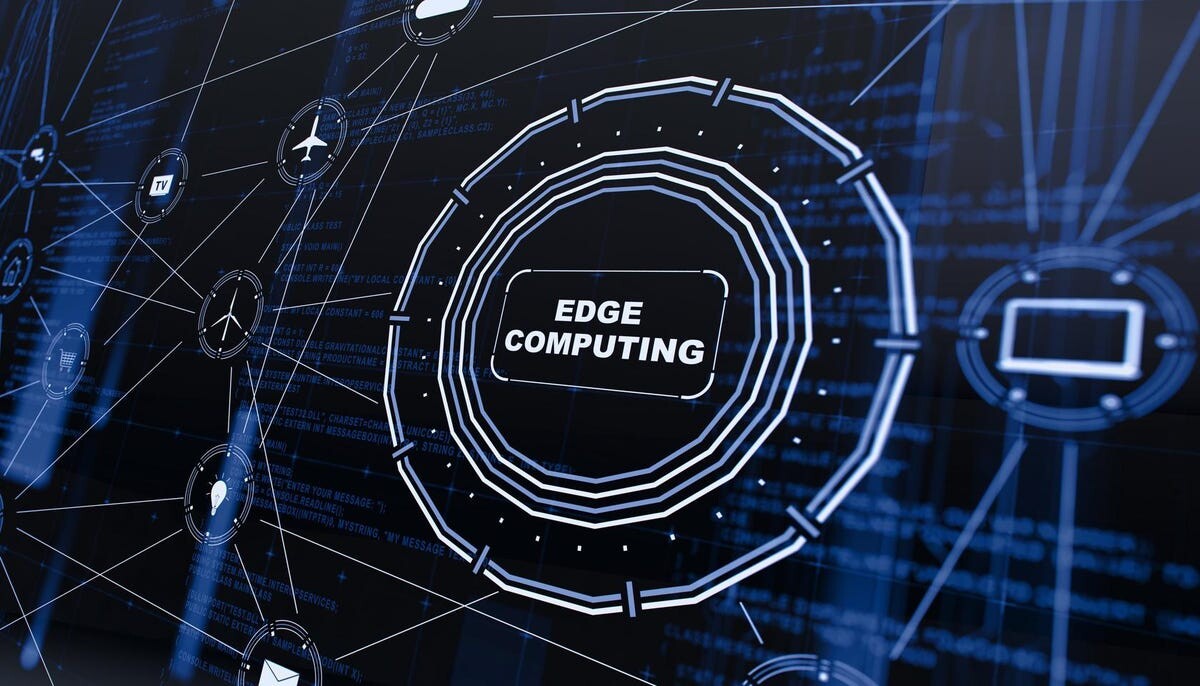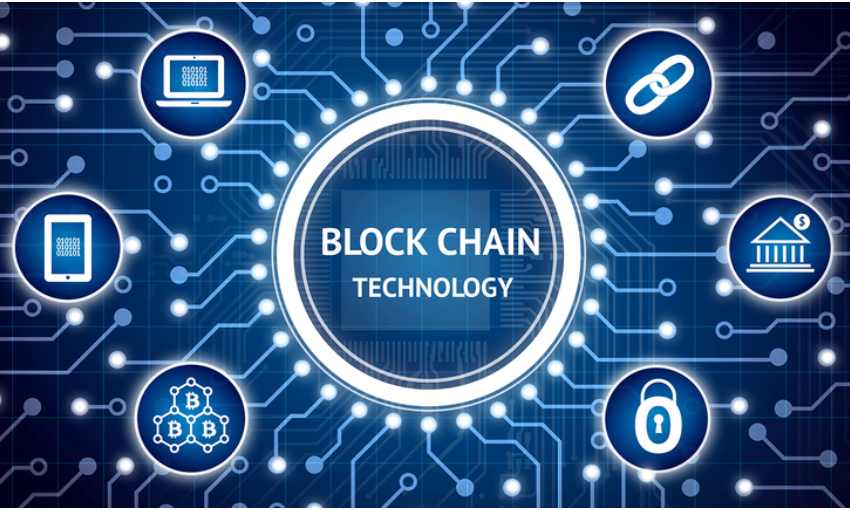Empowering the Next Generation of Computing: Exploring Edge Computing
Edge computing has emerged as a transformative technology that brings computing resources closer to the data source, enabling faster processing, lower latency, and real-time insights. By decentralizing computing infrastructure and moving data processing closer to the edge of the network, edge computing enables new use cases and applications across various industries. In this comprehensive guide, we delve into the world of edge computing, exploring its key principles, benefits, and potential implications for the future of computing.
Understanding Edge Computing
Definition and Concept
Edge computing refers to a distributed computing paradigm that brings computation and data storage closer to the data source or endpoint devices. Unlike traditional cloud computing, which centralizes data processing in remote data centers, edge computing decentralizes computing infrastructure and moves processing closer to the edge of the network, near the data source.
Key Principles
Key principles of edge computing include proximity, latency reduction, bandwidth optimization, and data locality. By processing data closer to the source, edge computing reduces latency, minimizes bandwidth usage, and enables real-time insights and decision-making, making it ideal for applications requiring low latency and high responsiveness.
Benefits of Edge Computing
Low Latency and Real-Time Insights
Edge computing enables low-latency processing and real-time insights by minimizing the distance between data source and computation. Applications such as autonomous vehicles, industrial automation, and augmented reality require instantaneous responses and real-time decision-making, which are facilitated by edge computing.
Bandwidth Optimization and Cost Reduction
By processing data locally at the edge, edge computing reduces the need to transmit large volumes of data to centralized data centers, optimizing bandwidth usage and reducing network congestion. This results in cost savings on bandwidth and cloud computing resources, particularly for applications with high data volume or intermittent connectivity.
Improved Security and Privacy
Edge computing enhances security and privacy by processing sensitive data locally at the edge, reducing the risk of data exposure or interception during transit to centralized data centers. This is particularly important for applications involving sensitive or regulated data, such as healthcare, finance, and government.
Applications of Edge Computing
Internet of Things (IoT)
In IoT applications, edge computing enables local processing and analysis of sensor data at the edge of the network, reducing latency and enabling real-time insights and responses. Edge computing is used in smart cities, industrial IoT, smart grids, and connected vehicles to process sensor data and control actuators locally.
Autonomous Vehicles
Edge computing plays a crucial role in autonomous vehicles by enabling real-time processing of sensor data for navigation, collision avoidance, and decision-making. By processing data locally onboard vehicles, edge computing reduces latency and ensures rapid response to changing road conditions and traffic scenarios.
Retail and Customer Experience
In retail, edge computing enables personalized customer experiences, real-time inventory management, and intelligent shelf monitoring. By analyzing customer data and behavior locally at the edge, retailers can deliver targeted promotions, optimize inventory levels, and enhance the overall shopping experience.
Challenges and Considerations
Scalability and Management
Scalability and management are challenges in edge computing due to the distributed nature of edge devices and computing resources. Managing a large number of edge devices, ensuring reliability and consistency, and orchestrating computing tasks across the edge and cloud environments require robust management and automation solutions.
Security and Compliance
Security and compliance are critical considerations in edge computing, particularly when processing sensitive or regulated data at the edge. Ensuring data integrity, confidentiality, and compliance with regulatory requirements require robust security controls, encryption mechanisms, and identity management solutions.
Interoperability and Standards
Interoperability and standards are essential for ensuring compatibility and seamless integration across diverse edge computing platforms and environments. Establishing common protocols, APIs, and interoperability standards enables interoperability, portability, and integration of edge computing solutions with existing infrastructure and applications.
The Future of Edge Computing
As edge computing continues to evolve, it holds the potential to transform industries, enable new use cases, and drive innovation in the digital age. By bringing computation and data processing closer to the source, edge computing empowers organizations to unlock new opportunities for real-time insights, low-latency applications, and enhanced customer experiences.







